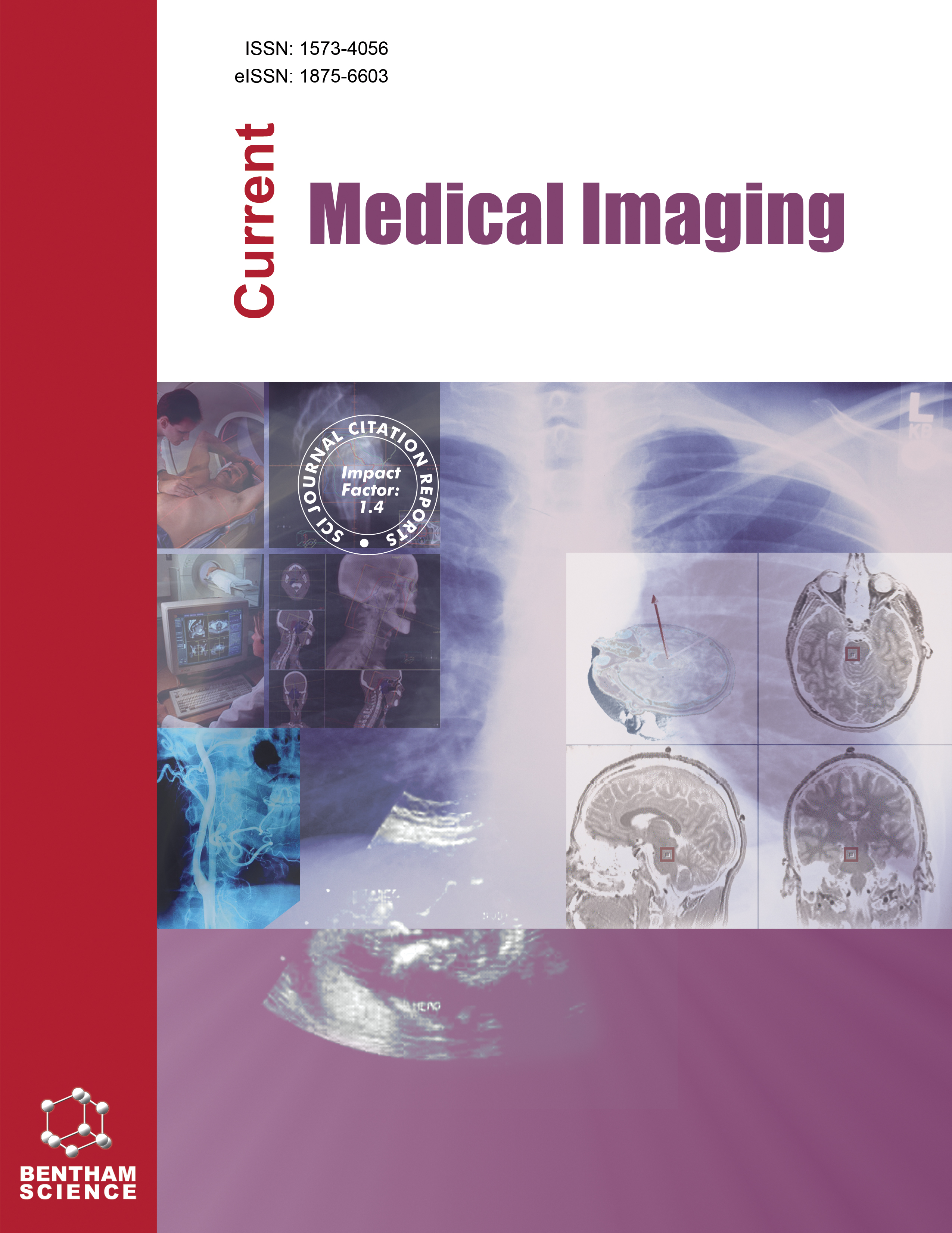-
s Assessment of Sensitivity, Specificity, and Accuracy of Nuclear Medicines, CT Scan, and Ultrasound in Diagnosing Thyroid Disorders
- Source: Current Medical Imaging, Volume 16, Issue 3, Mar 2020, p. 193 - 198
-
- 01 Mar 2020
Abstract
Purpose: The study aims to investigate the specificity, sensitivity, and accuracy of nuclear medicine, CT scan, and ultrasonography to diagnose the disorders related to the thyroid gland. Methodology: The study is based on the retrospective approach of recruiting 52 patients suffering from thyroid disorders. The demographic details of each patient have been recorded. Moreover, the results of previously conducted nuclear medicine scan, CT scan, and ultrasound have also been assessed. The findings of all the tests have been compared to evaluate and compare their sensitivity, specificity, and accuracy. Results: A total of 52 patients were recruited for the study among which 41 were female and 11 were males. The findings of SPECT and MRI were compared, which revealed that MRI possessed 38.8% sensitivity and 22.22% specificity. As compared to the findings of CT scan, increased specificity (71.42%) and sensitivity (70.96%) have been identified in MRI. Conclusion: There is an increase in the sensitivity and specificity of MRI outcomes as compared to the nuclear medicine and CT scan.


